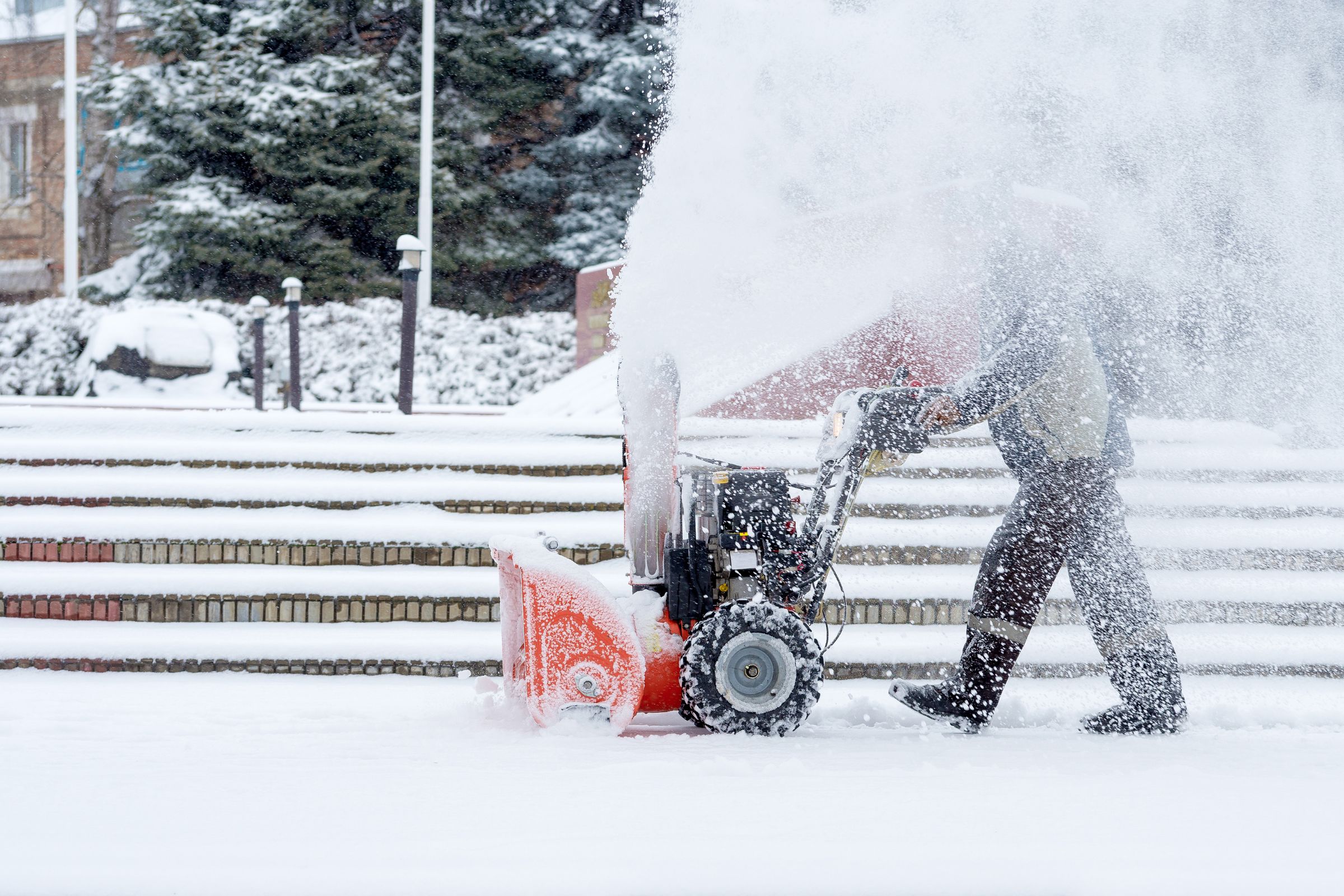Table of Contents
Related Articles
Ensuring Winter Safety: A Guide To Equipment Operations For Educational & Cultural Facilities

Winter facility maintenance demands precision, preparation, and unwavering attention to safety protocols, especially in educational and cultural settings where protecting both infrastructure and human life is critically important. This comprehensive guide outlines essential safety measures for winter operations, providing facility managers and operators with the knowledge needed to navigate challenging winter conditions while maintaining the highest safety standards. By following these established protocols and understanding the critical aspects of equipment operation, facilities can ensure effective winter maintenance while protecting their most valuable assets – their workers and infrastructure.
Pre-Season Checklist
Before beginning winter operations, a thorough pre-season preparation ensures equipment readiness and operator safety. This checklist covers essential aspects from equipment inspection to regulatory compliance and training requirements.
- Inspect and repair plow vehicles and equipment as needed, following manufacturer’s instructions
- Ensure snowplow operators and vehicles comply with local, state, and federal regulations for public roadway operations
- Conduct initial, annual, and remedial safety awareness training for all operators
- Install barriers or warning signage around ground-level hazard zone to prevent operators from striking objects hidden in snow
- Train operators on site specific ground-level hazard zones
Ground-Level Hazard Management
Ground-level hazards become particularly challenging during winter operations, requiring systematic identification and management. These protocols help prevent accidents and protect both operators and facility infrastructure.
- Marking of potential trip hazards before snowfall
- Denoting of hazardous obstructions to snow removal equipment
- Documentation of drainage system locations
- Clear identification of emergency access points
- Regular monitoring of ice formation patterns
- Implementation of pre-treatment protocols for high-traffic areas
Snow Blower Operation Protocols
Safe and effective snow blower operation requires strict adherence to specific safety protocols. These guidelines ensure operator safety while maximizing equipment efficiency.
- Assess daily weather conditions
- Always review the manufacturer’s Instructions before operating
- Always review the manufacturer’s Instructions before making modification or repairs/maintenance
- Never clear clogs by hand – even when the machine is off
- Maintain awareness of discharge direction and potential hazards
- Perform pre-operation equipment inspections
- Keep all guards and safety devices in place
- Operate only in well-ventilated areas
- Allow engine cooling before refueling
Plow Vehicle Safety Guidelines
Professional snow plow operation demands meticulous attention to both vehicle preparation and operator safety. These comprehensive guidelines cover essential pre-operation checks and operator requirements.
Pre-Operation Checklist
- Assess daily weather conditions
- Ensure the plow is properly secured to the vehicle and it’s control mechanisms properly function
- Top off grease fittings and fluid levels including coolant, hydraulic, power steering, and washer fluids
- Check tire pressure and condition; apply tire chains when appropriate
- Test all vehicle/plow lights, and internal/external warning systems
- Inspect blade and mounting hardware
- Verify heating and defrosting systems are working effectively
Operator Preparation
Drivers must carry essential safety items, kits should be checked every six months:
- Slip resistant winter footwear and ice grips/cleats
- Extra weather-appropriate clothing
- Emergency food and water
- Polarized eyewear
- Communication devices
- Reflective clothing and/or safety vest
- Emergency vehicle kit including but not limited to:
- Warning flares & triangles
- Fire extinguisher
- Emergency blanket
- First aid kit
Successfully managing winter operations in educational and cultural facilities requires a delicate balance of preparation, expertise, and unwavering commitment to safety protocols. By implementing these comprehensive safety measures and maintaining strict adherence to equipment operation guidelines, facilities can effectively navigate winter challenges while ensuring the protection of both their workforce and infrastructure. Regular training, proper equipment maintenance, and systematic hazard management remain the cornerstones of successful winter operations. As we continue to face increasingly unpredictable winter conditions, these protocols serve as an essential framework for maintaining safety excellence in facility operations.




